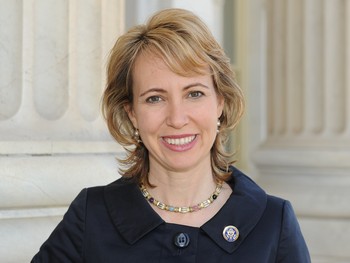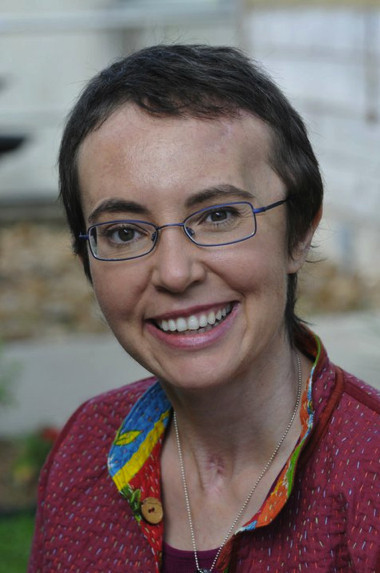Gabby Giffords: The Long Road to Recovery
On June 19, 2012, Ron Barber was sworn in to the House of Representatives. The former aide to Representative Gabby Giffords took her seat after winning a special election following Giffords’ resignation earlier this year. Gabrielle Giffords became a national hero on January 8, 2011, when she survived an attempted assassination. She suffered a gunshot wound to the head, which severely affected her abilities to perform basic functions, like speaking. The resultant speech disorder, called aphasia, impaired her ability to find the right words and speak in complete sentences. Giffords faced an incredibly arduous, long recovery.
Gabby Giffords’ recovery began with physical therapy. With husband Mark Kelly by her side, Gabby relearned how to move her legs on command and sit up with assistance. She later began occupational therapy and speech therapy. Just a few months later, in April, Giffords’ care team reported that she could speak in short phrases and write with her left hand. About a year ago, in June 2011, Giffords’ chief of staff reported that she primarily communicated with facial expressions and gestures. Since then, Gabby has made a remarkable leap forward in her recovery. Although she still has not been heard speaking much in public, she sang the National Anthem during the graduation ceremony at the U.S. Merchant Marine Academy on June 18, 2012.
Gabby Giffords’ remarkable recovery is due to her wholehearted approach to her treatment plan. When Mark Kelly consulted speech-language pathologist (SLP) Nancy Helm-Estabrooks, he informed her that Gabby could probably work with her for about three hours at a time. Nancy and Gabby ended up spending the whole day together.
In an interview with Bridget Murray Law of “The ASHA Leader,” Nancy described the multifaceted approach she took with Gabby’s speech therapy. The duo wholeheartedly embraced the use of the latest technology for communication. They used Skype to work with other SLPs, for example, along with a secure website for private updates. A key component in Giffords’ recovery was the use of music. Quite often, even though a person with a speech disorder like aphasia struggles to find the right words, they can much more easily sing along to a favorite song.
Previously, Giffords’ care team at her rehabilitation facility had used melodic intonation therapy (MIT) with her. This type of speech therapy often uses visual cues to prompt musical expression. Gabby’s SLP noted that the use of MIT greatly helped to stimulate her speech, particularly by improving repetition. During their speech therapy sessions, Gabby and Nancy often sang along to Gabby’s favorite songs. They also logged on to YouTube to find more music to sing along with. However, Nancy Helm-Estabrooks was careful to stress that music was only one component of Gabby’s comprehensive treatment plan. They also focused on techniques to improve Gabby’s language skills, like increasing phrase length and correcting agrammatism, or the use of grammatically incorrect language.






I need help with my son.